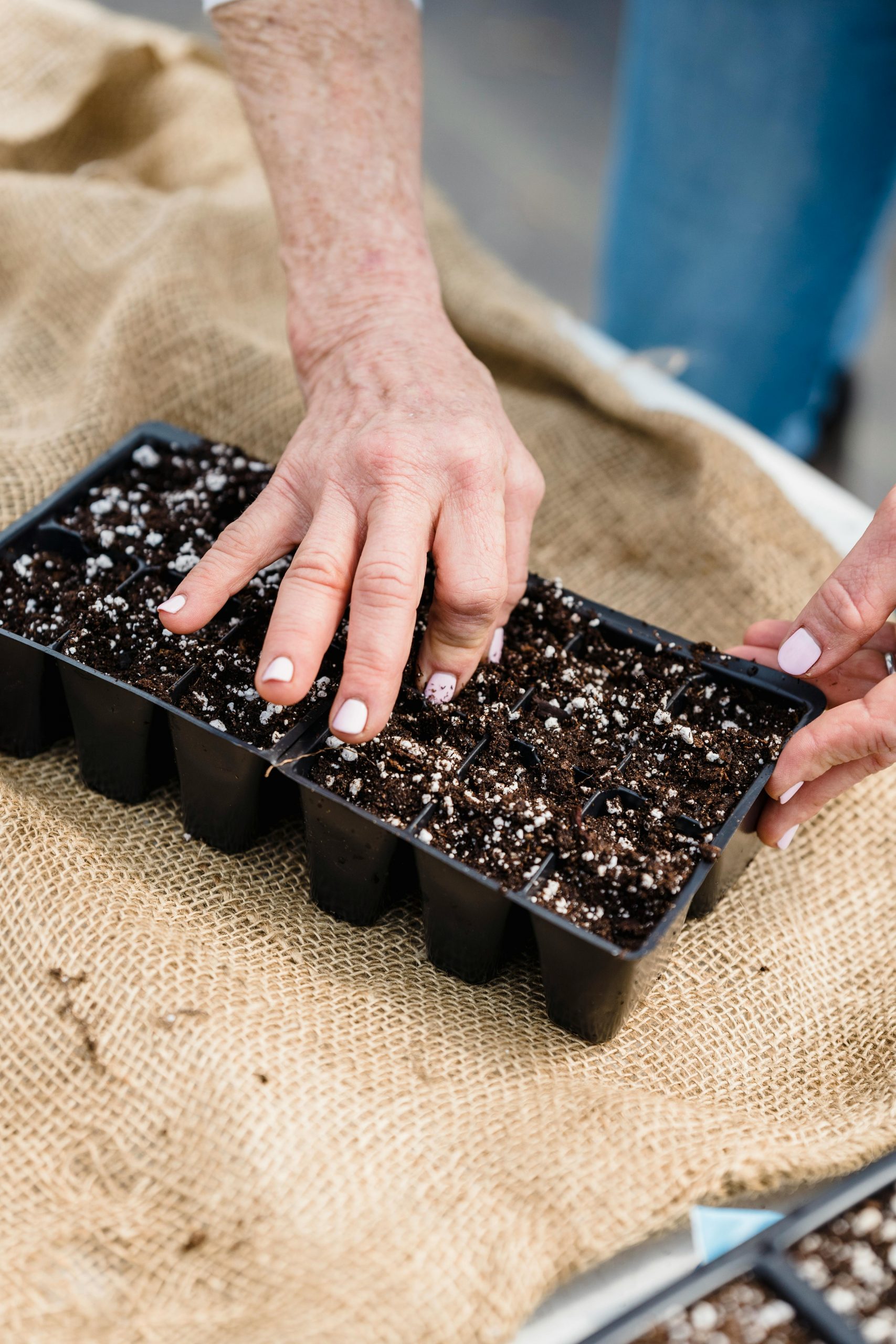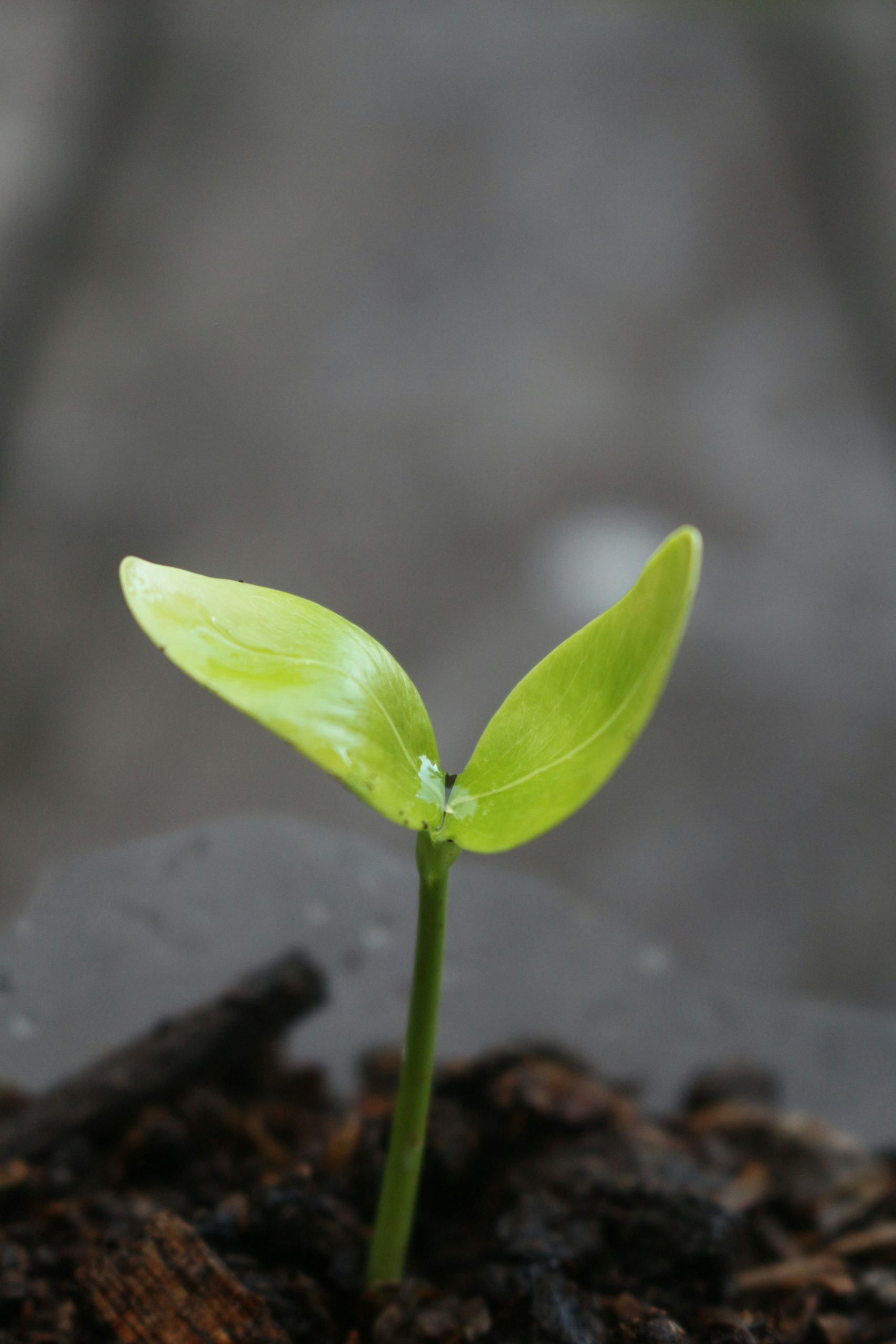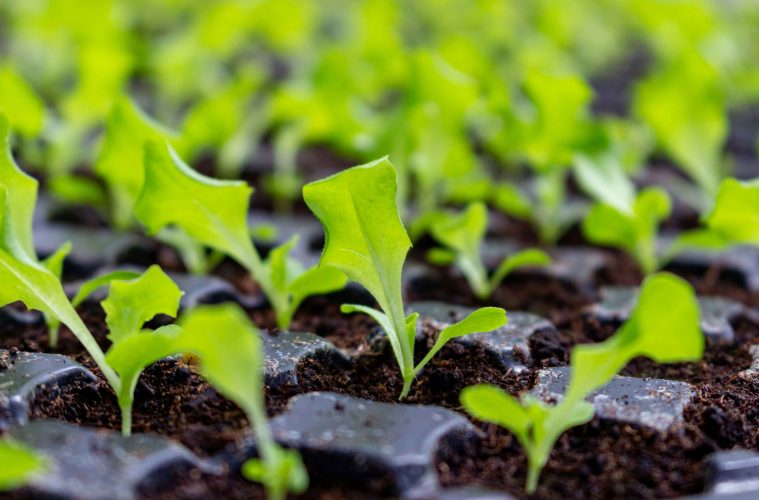There are many reasons to start seeds indoors, either to extend your growing season, for quality control or to save money. Whatever the reason, learning the basics is important to avoid confusion, as different seeds require different growth techniques.

Image Credit: Pexels
Mistakes you should avoid
It takes most gardeners years to develop the right techniques for growing their crops the right way. The best way to ensure success is to avoid committing mistakes that may cost you in the long run. These are the few mistakes to avoid:
1. Placing your seed trays in a windowsill
Putting your seed trays in a windowsill instead of under grow lights can be the downfall of your growing seeds. Experimenting comes into play when starting seeds. Yes, you can keep your seedlings alive on a windowsill. But you want your seedlings to germinate and then stay alive. For them to rapidly grow into strong, healthy plants that will thrive in the garden, the best way to do so is under a grow light. Grow lights provide the warmth they need 24/7. Seedlings like having light sources close to them.
2. Watering the seeds from the top
When watering your seed trays from the top, you risk disturbing or even displacing your tiny seeds. Bottom watering is the right way to go. It does not disturb the newly sown seeds, and the seed mix will absorb the water without disturbing the seeds. Check the moisture levels of the seed trays every day to ensure they aren’t too dry.
3. Don’t add too much fertiliser
Adding too much fertiliser to your seedlings is a problem. Seed starting mix is light and fluffy, and is ideal for tender plants. Because of this, it is unnecessary to add more fertiliser to the seeds. The seeds will only need extra nutrients once they’ve produced their first true leaves. This usually happens when it is time to move them to the garden. You’ll end up burning the seedling when you fertilise it too soon.
4. Taking too long to pot
Waiting too long to pot your seeds is another common mistake beginners make. Gardeners usually move seedlings to a larger space as soon as they start to sprout. When the sprout pops up, it’s time to pot up. It’s best to transplant after the first true leaves appear. Transplanting late can halt the growth of your plants.

Image Credit: Unsplash
ALSO SEE: WINTER WARRIORS: HOW TO PLANT AND GROW CABBAGE
Feature Image: Unsplash

